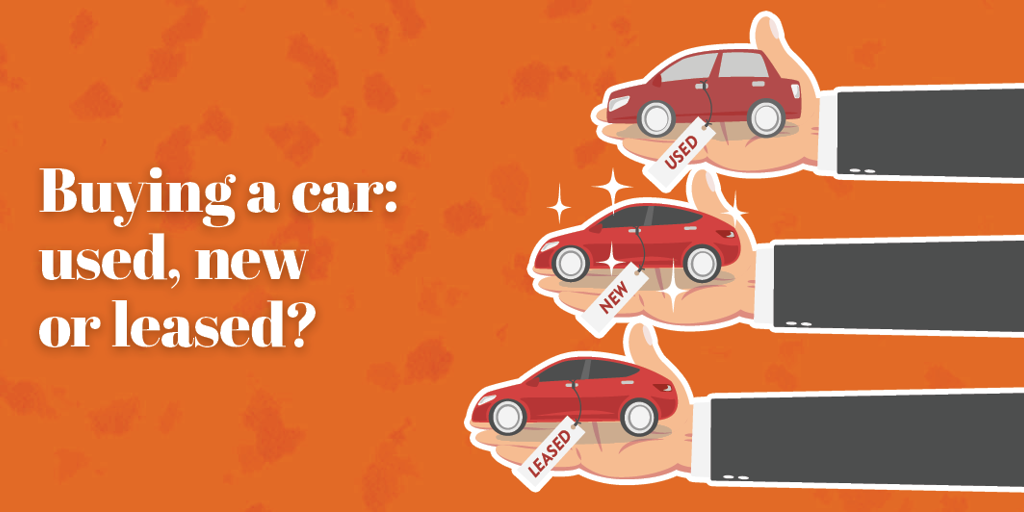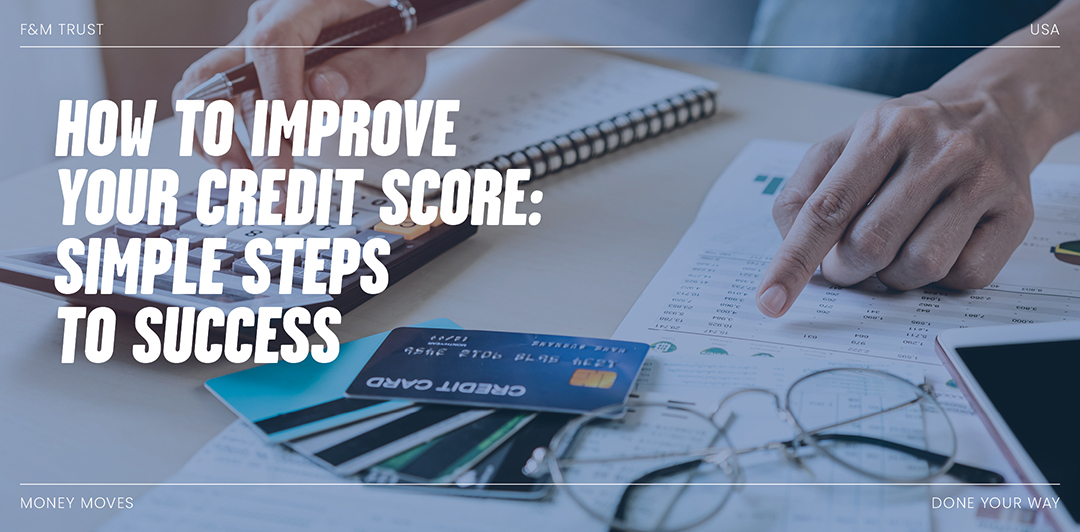


Buying a car: Used, new, or leased?
If you are looking for a new car, you have three main options: buy used, buy new, or lease. There are pros and cons to each decision. Your choice will be based on various financial considerations, driving habits, and personal preference.
Used
Buying a used car is appealing to many people. Used cars are less expensive initially, and they have the added benefit of not depreciating instantly. Because you’re buying a used car and saving sometimes up to 30%, you can usually afford to buy a higher class of car than you could if you bought it new.
With a used car, there are some costs not typically associated with buying new. For example, you’ll want to have the car checked out by a trusted mechanic. You may need to do some maintenance work on the car much sooner than if you bought a new one.
Car insurance rates are often lower for used cars than new ones, and registry renewals can be cheaper. This can save you hundreds of dollars over the life of the car.
New
Buying a new car does have some advantages, and one major drawback.
First, the positives. You may be presented with more financing options and incentives such as cash rebates and great interest rates when you buy new. While you are still likely to spend more than you would on a used car, you may spend much less than the market price after negotiations, incentives, and rebates.
and great interest rates when you buy new. While you are still likely to spend more than you would on a used car, you may spend much less than the market price after negotiations, incentives, and rebates.
There is no need to take a new car to a mechanic before you buy, and if it breaks down, most warranties will cover the cost of repairs for the first few years of owning the car.
The major drawback to new cars lies in depreciation. Everything depreciates, but new cars suffer a big hit almost instantly. Basically, the value of the car drops dramatically as soon as it leaves the lot. In many cases, it drops by as much as 20%! That means if you were to buy a new car for $25,000, it would be worth up to $5,000 less the moment it became yours.
Leasing
A third option is to lease a new car.
The biggest benefit to leasing rather than buying is that you can get more car for your dollar. When you lease, you don’t pay on the full purchase price of the car, but rather on the depreciation of the car. This means if you lease a $25,000 car for 3 years, and the anticipated value of the car at the end of the 3 years is $15,000, you only make payments on the $10,000 difference.
If you do not have a lot of money for a downpayment on a car, leasing can be a beneficial option. Leasing is often available with no money down or as little as $1,000 down.
The main benefit of leasing is that you get to drive a new car every few years. The drawback is that the money you are spending isn’t investing in an asset, it’s simply spending money. Like renting instead of buying, you are not purchasing any equity in an asset you can later sell.
In summary, buying a reliable used car is typically the wisest option. However, buying or leasing a new car can have other benefits. Whichever you choose, be sure to budget wisely and leave room for unexpected repairs, maintenance, and other costs associated with operating a vehicle.
Lisa Hogue is manager at F&M Trust’s Lincoln Way East and Philadelphia Avenue community offices.
Recent Articles
Join our e-newsletter
Sign up for our e-newsletter to get new content each month.






















